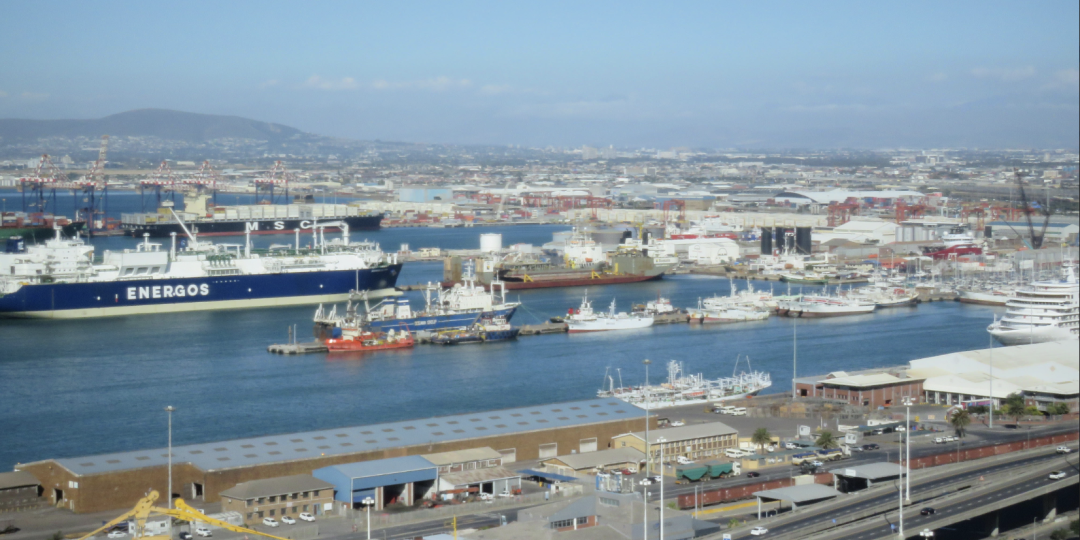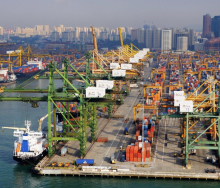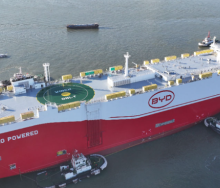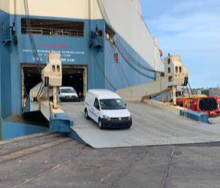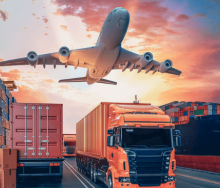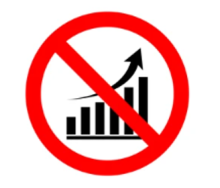The World Bank Container Port Performance Index (CPPI), which rated South Africa’s port performance as amongst the world’s worst, excessively penalised South African ports based on time spent at anchor.
“Time spent at South African ports is too much, but arguably not the worst in the world,” the South African Association of Freight Forwarders (SAAFF) said in a statement.
SAAFF analysed vessel dwell times for Durban in 2023 and found it was 83.2 hours at Pier 2 and 67.4 hours at Pier 1, respectively, compared to the global average of 40.5 hours.
The World Bank, in its study, concedes that it is impossible to see from available data “whether waiting time is voluntary or forced; and it is difficult to find a suitable level at which to discount waiting time in this scenario.”
Based on this and the tracking and observation tools used by S&P Global to contribute to the rankings, SAAFF “must … conclude that South African ports were excessively penalised for time lost at anchorage”.
The association also points out that the index compares ports with widely diverging shipping pressures and cargo-handling rates. The Port of Maputo, for instance, ranked at 325, only had 87 vessel calls in 2023 and the Port of Sudan, ranked at 388, only 26. Both these ports also only serviced vessel sizes up to 5000 TEU.
Cape Town and Durban, on the other hand, had 196 and 499 calls respectively, and both handled vessels with a capacity of 8501 to 13 500 TEU, making comparisons impossible.
SAAFF also highlights that Durban’s Pier 1 gross crane moves per hour (GMPH) is around 15.8 moves per hour, and Pier 2's around 16.4 per hour.
“This is 33% and 30% below the global average, respectively, but by no means ‘the worst’ in the world,” SAAFF said.
“In isolated cases, the terminals reached 32 GMPH, 'nearing global best practices'.
“So, one might argue that a container terminal capable of sometimes achieving global best practices can certainly not be considered the worst in the world,” said SAAFF.
“What makes the current trend worrying, however, is that rates of around 25 were until recently fairly common in South African ports,” it concluded.
